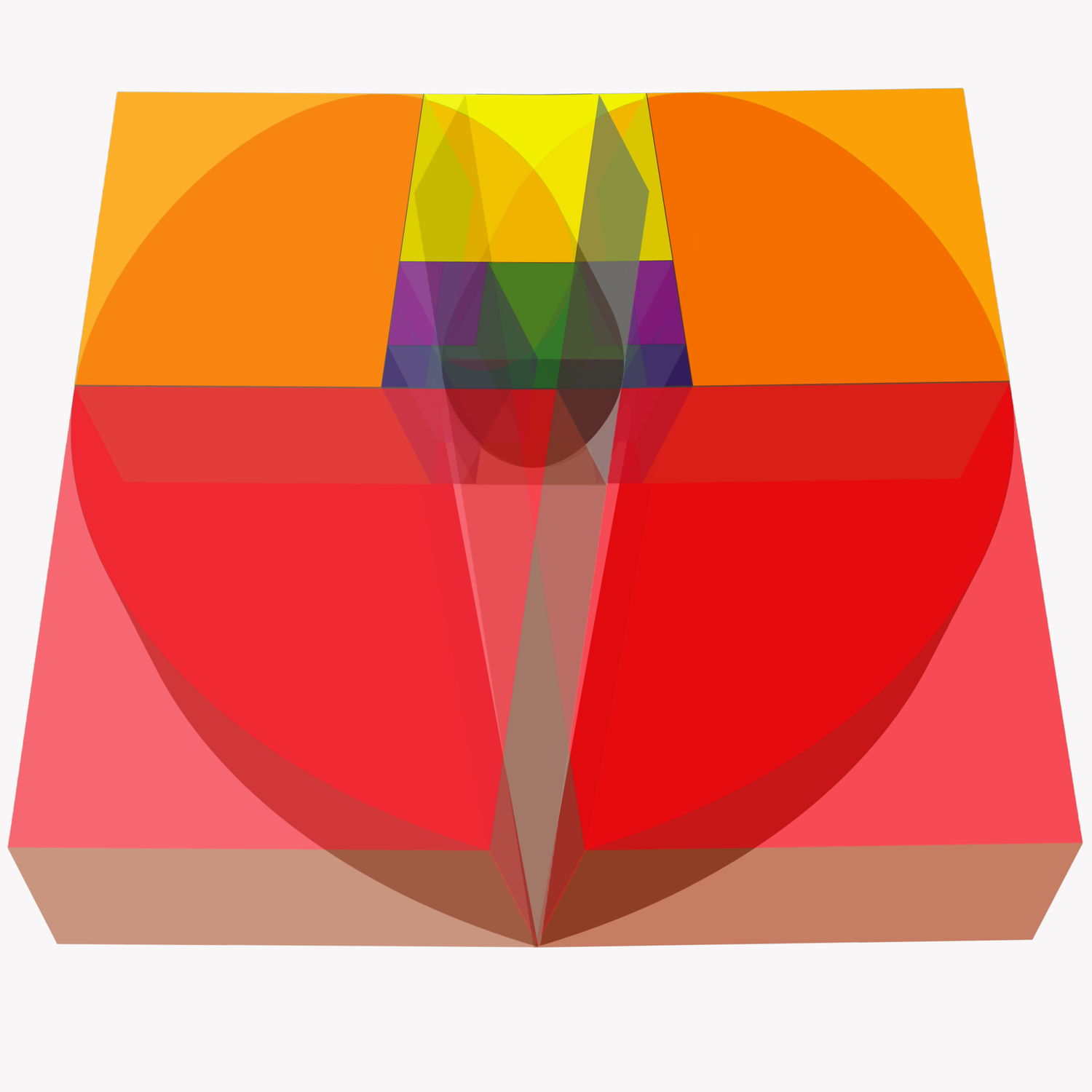quiltblock text post
Mother of the Modern Movement?
Molly Upton.
I came to know the work of Molly Upton having had the unique privilege of being able to see her quilts up close in 2002. I was working for the National Quilt Museum, in Paducah, at the time, when the museum mounted the exhibit, Two Visionaries: Francis Abel Brand and Molly Upton.
Only a few months later, the quilts of Gee’s Bend would first appear at the Whitney Museum, bringing with it an aesthetic that would categorically usher modernism (revised: appropriated modernism) into the world of (revised: popular) quilting.
That was almost 10 years ago now, and it’s not too much to say that experiencing Upton’s work forever changed my perception of what quilts are, of what they are capable of expressing, and the need for continued discussion about their place in the wider world of fine art.
‘On Upton’:
Even today, few artists have successfully accomplished what Upton did, despite her unfortunate suicide in her twenties. Upton exhibited quilts as art. And she did so in New York galleries in the (revised: late) 1970s, alongside up-and-coming painters and sculptors. She’s important not just because she hung her work on the walls for what it was - art. She’s important because her work was solid.
In every respect her work and her own role in the making and exhibiting of it was the countermeasure to what had happened only a few years before, during the now infamous 1971 Whitney exhibit, Abstract Design in American Quilts. Curated by Jonathan Holstein, the exhibit reinvigorated America’s interest in the medium. But Holstein exhibited his personal collection for its aesthetic value alone, largely without any contextual information accompanying it, including the names of the quilt makers themselves. It’s hard to imagine that happening to contemporary art quilters today, thankfully. But it’s important to point this out, to remember it, and be disciplined in our present practices in collecting and exhibiting quilts.
Revised, photo: Alchemy, by Molly Upton, 1979. Image source, Moda Fabrics.
In terms of Upton’s work, it would be worth exploring even further just how big her footprint on contemporary quilting really is; to follow her thread historically speaking. What inspired her? What was she looking at at the time? Who else saw her work and was inspired by it?
By doing this, we acknowledge Upton to a significant degree as a true pioneer. For it is Upton’s name that should most earnestly be sighted when we talk about the start of quilts as art, and what is now evolving into the ‘modern quilt’ movement - entirely irrespective of quilt-making’s association to Craft.
Image credits: a portrait of Upton and a compilation of her work on exhibit at Dana Hall School in Wellesely, in 2000. Sourced from an editorial by Scott Ruescher @ ArtsEditor (which I recommend).
Further recommended reading on quilts and feminist criticism: the article by Susan Bernick, “A Quilt is an Art Object when It Stands up Like a Man,” and the NYT review by Vivian Raynor from a 1979 exhibit of Upton’s work @ the Darian Public Library.
Originally posted, March 21, 2012 at 11:00 am on Tumblr (original is still published there)
Revised post, August 10, 2021.
art quiltArt Quilt MovementMolly Uptonquilt exhibitartist profilequilt historyquiltblockstudio


